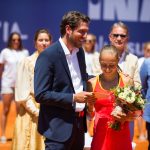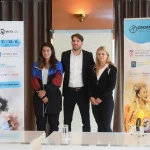TCN meets Feliks Lukas, the director of the WTA Croatia Bol Open, which brings tennis back to Brač for its third edition this year.
Hi Feliks, can you tell us about yourself?
I grew up in Kaštela and started to play tennis at the Tennis Club Kaštela. My father is a highly educated tennis coach, and my mom is a former basketball player. Now she is a physical education teacher working for an education and teacher training agency in Split. Today I am the youngest WTA Tournament Promoter and Tournament Director in the world with a bachelors degree in Business Economy and Masters degree in Tourism and Hotel Management from the University of Split. I spent two years in the work&travel program in the U.S.A. during my studies and three years in Luxembourg after graduating, gaining the much-needed networking and experience for organizing what became the most innovative project on the entry-level to professional tennis. Being a member of Supervisory board of Croatian tennis federation and a member of the United States Professional Tennis Association for s short time gave me the insight and answers to why tennis in Europe is stagnating.
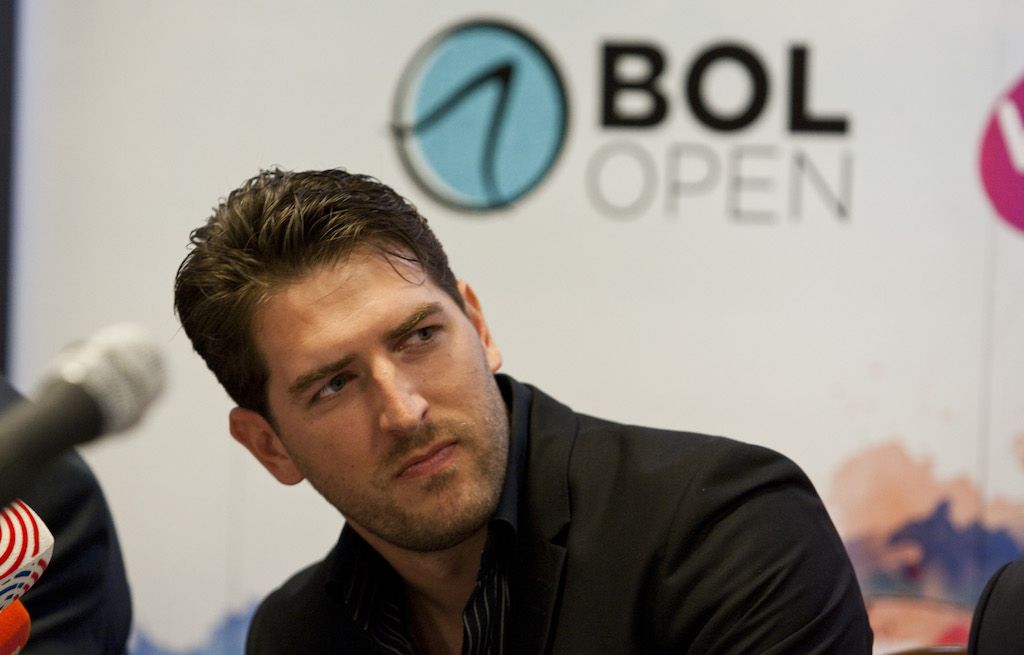
We know you were also a tennis player growing up – where did you practice and how would you describe the tennis culture in Croatia?
I started to play tennis when I was six years old at the famous Hotel Palace in Kaštel Stari, which is now unfortunately in ruins 25 years later. That’s an example of how tennis culture in Croatia was extremely high, with close connections to tourism. Namely, tennis in Croatia started at the end of the 19th century, and in the 1960s, with the development of tourism along the Adriatic, tennis courts were built at almost every big hotel or resort on the Croatian part of Adriatic Coast. Even today, tennis brings much more to the Croatian GDP than any other sport. In April, hotels from Umag to Dubrovnik are full of tourists whose primary reason for travel is tennis. Collectively they bring hundreds of millions of kuna every year to the Croatian GDP, but nobody really speaks about it.
Croatian tennis culture was at its peak when Goran Ivanišević and Iva Majoli played. When former President of Croatia Franjo Tudjman declared himself a big tennis fan, everyone wanted to be part of that sport. Now, we see that Croatians or the Croatian government, unfortunately, do not recognize tennis as much as before, even though we have the best tennis generation our country has ever seen. There are more players in the top 100 than ever in history, both in men’s and women’s tennis.
There is Marin Čilić and Borna Ćorić in men’s singles and Ivan Dodig, Mate Pavić, Franko Škugor in men’s doubles. On the women’s side, there are six Croatians in the top 100, four of whom play for Croatia. They include Petra Martić, Donna Vekić, Ana Konjuh, Jana Fett, Ajla Tomljanović, and Bernarda Pera. We have an incredible position to create something amazingly unique, but tennis does not have enough support in the Republic of Croatia.
You lived outside of Croatia in Luxembourg after graduating from the University of Split. Can you tell us about what you did there? What was your experience and how would you compare it to Croatia?
I lived in Luxembourg for three years and was involved in the development of tennis in tennis clubs all over the country. I worked with an international company with mostly Swedish members called Group ESTESS. There were a couple of great Croatian coaches there too who now have their businesses that bring tennis clubs from Luxembourg to Central Dalmatia. One example is Mladen Dodig who also coaches his brother, Croatian doubles specialist and Grand Slam champion Ivan Dodig. In Luxembourg, I started learning about sports management. I worked with agencies to learn about the business from agents who had some of the best players on their roster like Ivan Dodig, Alexandr Dolgopolov, Viktor Troicki, and others.
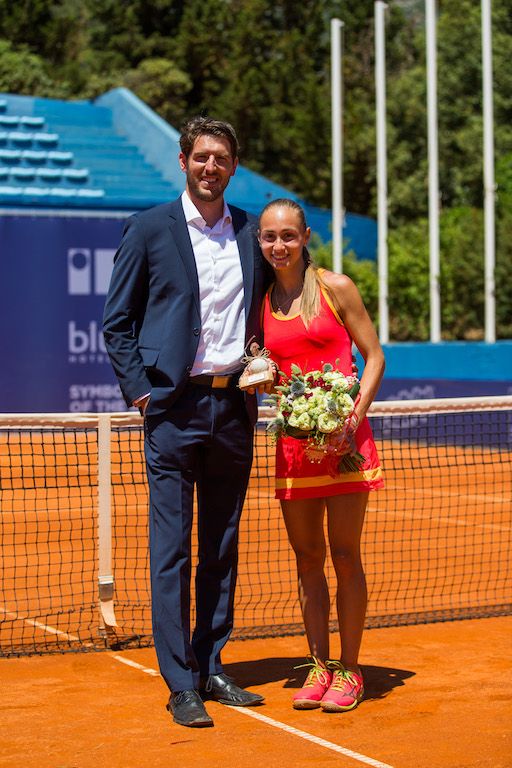
After two years, I founded the company Lux Sports Marketing S.a.r.l. with two partners. Very shortly after, I gave my partners my shares in the company, quit my job with Group ESTESS, and moved back to Croatia to pursue my dream of helping young tennis players who did not have an agent. Before I returned to Croatia, I spent some time traveling mostly in the U.S. I was in Florida for two months at the beginning of 2014 going to tournaments on the USTA Pro Circuit. Since the U.S. has the most significant sports industry in the world, I wanted to learn from the best.
You’ve been organizing tennis tournaments for years – can you tell us about how you started? What motivated you to begin hosting tournaments? What were the tournaments like and what is your view on the future of the sport?
I strongly believe we should create a different path for tennis that is more fair, more sports-orientated and gives more benefits to all parties involved including the tour, players, and everyone else.
Only 8% of professional ranked tennis players can make a living out of playing professional tennis. Not many people in the industry worry about that fact. People and players making money in tennis are usually happy with their earnings and don’t feel like creating change at that point. Tennis institutions are slow moving and lack the enthusiasm needed to innovate and develop new ways to make tennis more affordable for everyone. The only way to attract new players, unique viewers, new customers and a new era where tennis is as prestigious as it used to be is to make it more accessible. Today it feels like the current system is trying to close off the sport, so players without agents or wealthy parents cannot even consider a professional tennis career. For these reasons, tennis does not currently have many different marketable players like other sports.
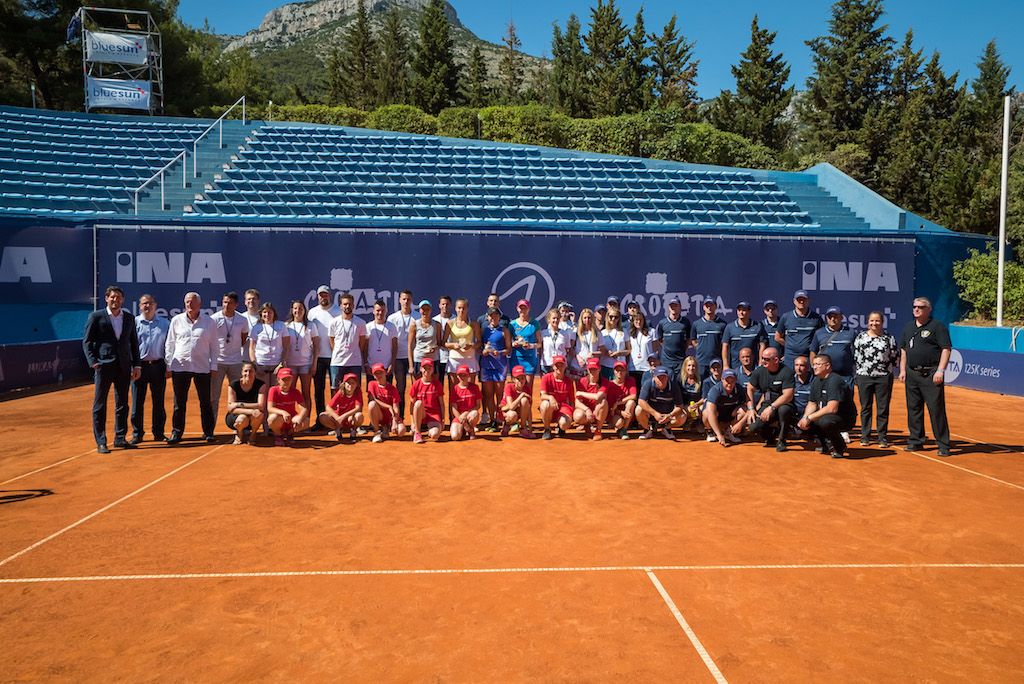
Together with my team, I found a way to raise the quality of the organization of ITF tournaments, which are the entry level to professional tennis. They are the most difficult for many players because they make little to no income and the cost of playing and traveling are significantly higher. We created a concept with the goal of minimizing the cost for players (travel, accommodation, etc.), while still providing them with exceptional quality that they would not receive at other tournaments on the ITF level, and even at some ATP (Association of Tennis Professionals) and WTA (Women’s Tennis Association) events. Thanks to this simple but essential solution, the ITF Cro Circuit series in Bol, Croatia became the most popular event in the world for young and upcoming players. At our event we’ve had more than 1,600 tennis players from 65 countries and six continents, some of them are now in top 100 of the ATP and WTA rankings.
In only three years we successfully organized 62 ITF Pro Circuit “Futures” tournaments in Bol, with no broad marketing exposure (TV, spectators, etc.) or financial support from the government, institutions or federations. This shows that change is possible with a slightly different approach to the game.
This year is the 3rd WTA tournament on Bol. Can you tell us about this tournament and what motivated you to start it? What challenges did you face and do you still face? Who can we expect to see playing this year and what should we expect as spectators? Are you able to find the support you need to continue organizing this tournament?
Since the WTA Croatia Bol Open acts as a springboard for tennis careers, we will have the most talented young, up-and-coming players on Tour looking to break through. Our winner from last year, Aleksandra Krunic, received recognition from the WTA and was named its most improved player of the year.
My primary motivation was the passion and the desire to prove to myself that I am capable of doing something that in theory seems impossible. In a country like Croatia, that is currently full of negativity in public opinion and lacks entrepreneurial spirit in young people, many people doubted that someone from a hardworking middle-class family like myself had what it takes to organize a project as financially demanding as a WTA event that also happens to be the biggest event in women’s sport in Southeastern Europe.
When I was a kid, I only saw the Croatian Bol Ladies Open on TV, and I watched our celebrities like the national football team in ‘98 or Goran Ivanišević presenting winners with their trophy. I never had the opportunity to go, but now I have an exclusive license from the WTA and organize its flagship event in Southeastern Europe. I am so proud that with only one full-time employee, together with volunteers from all over the world, we have organized the best WTA 125K series event in the world. When companies with vast resources like ORACLE own events in this category it motivates me to continue with even more enthusiasm.
Who is your most significant support?
My family is my biggest support. They taught me that success does not come quickly and that you have to fight every step of the way if you want to achieve something ambitious and positive in life.
But in the project of the WTA event back to Croatia, I would not have succeeded without Tihomir Marinković, the mayor of Bol, and Jako Andabak, owner of Bluesun Hotels & Resorts. It was especially challenging because both China and the French Tennis Federation wanted another WTA 125K event. The French Tennis Federation wanted an event in the second week of Roland Garros, which is now the WTA Croatia Bol Open’s spot.
Tihomir Marinković and Jako Andabak took a risk with me. Everyone around them advised them not to support some young guy from Kaštela with no political or financial background. But fortunately for me and women’s tennis in Croatia, they decided to take a chance, and after 13 years a WTA event was once again held at the most beautiful tennis center in the world, right next to Zlatni Rat beach. The Municipality of Bol and Bluesun Hotels & Resorts gave me the support I needed to begin. However, in four years of organizing professional tennis tournaments in Bol, I have received 0 kuna from the government’s Central Office for Sport, and 0 kuna from the Croatian Tennis Federation, or Croatian Olympic Committee whose job it is to support the growth of the sport.
Bol has attracted top names in the sport like Martina Hingis, Sara Errani, Anke Huber, Iva Majoli, Nick Kyrgios, and so many more, but it is hardly on the sports radar in Croatia. Out of all of the sports receiving support this year, we have received none, besides for the Croatian Tourism Office. Without their help, this would be the last Bol Open.
Unfortunately every year I ask myself “why do I do this?” But since I am a 31-year-old Dalmatian guy with no wife and kids at the moment, if I don’t have the strength and motivation to fight for it now, I never will. But I hope someone coming after me who wishes to create something similar to what we have in Bol won’t have to deal with the same challenges I have. I hope to try not to leave Croatia entirely and to continue organizing what the players call the coolest, most enjoyable WTA event in the world. I promise you that people will be positively shocked even this year with our acceptance list of the players who will participate in this year’s third edition of WTA Croatia Bol Open tennis tournament.



